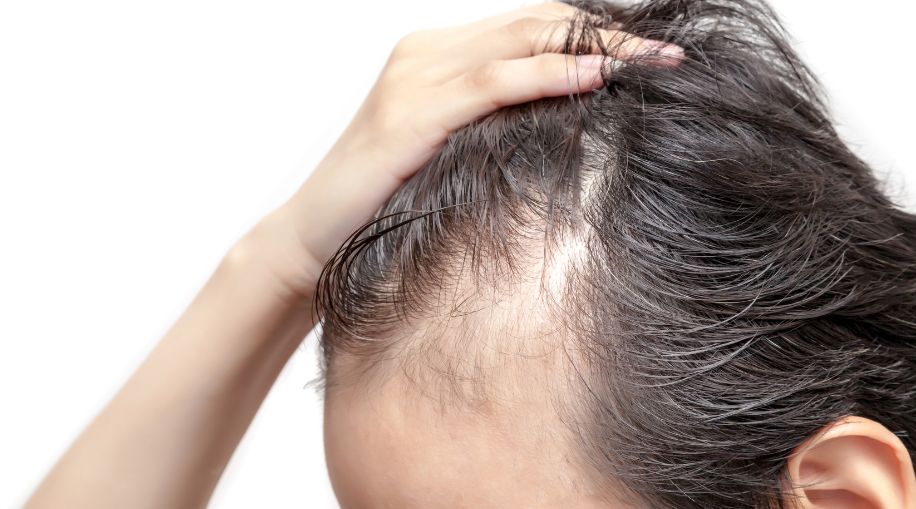Crowning Glory
Losing hair can be an emotionally challenging experience for both men and women. As hair plays a significant role in our appearance and self-confidence, finding the right hairstyles to suit and complement hair loss becomes crucial. Fortunately, there are plenty of hairstyles available. This article discusses the ten best hairstyles for people with hair loss and delves into alopecia and its causes. We will also look at treatment options for alopecia, including Litfulo as a medication prescribed once daily to treat severe alopecia areata in individuals aged 12 and older.
10 Best Hairstyles for Hair Loss
1. Short Buzz-Cut
For those with significant hair loss, embracing a buzz cut can be a liberating and stylish option. It eliminates the need to hide thinning hair and accentuates facial features. This low-maintenance hairstyle is ideal for both men and women.
2. Layered Bob
A layered bob adds dimension and volume to thinning hair. By altering the length and incorporating layers, one can create a visually appealing style that camouflages hair loss, particularly around the crown area.
3. Shaved Head
Shaving the entire head is a bold and confident choice for people experiencing complete hair loss. This style carries a timeless appeal and can be easily maintained with regular upkeep.
4. Pompadour
The pompadour hairstyle, made popular by Elvis Presley, involves combing the hair upwards and away from the face, creating an iconic and retro look. It works well for individuals experiencing a receding hairline or thinning on the top of the head.
5. Messy Textured Hairstyle
Adding texture to your hair can make it appear thicker and fuller. A messy, textured style has the advantage of creating the illusion of volume while still looking stylish and trendy.
6. Wavy or Curly Hairstyle
Wavy or curly hairstyles work wonders at disguising hair loss because the curls add texture and movement to the hair. These hairstyles draw attention away from thinning areas and give the appearance of a fuller head of hair.
7. Side-Parted Hairstyle
A simple side part can do wonders for camouflaging a receding hairline. It diverts attention away from the thinning areas and provides an elegant and classic look.
8. Faux Hawk
A faux hawk involves styling the hair in a way that imitates the appearance of a mohawk but without shaving the sides. It creates the illusion of more hair on the crown while still being a fashionable and edgy choice.
9. Pixie Cut
Short haircuts like the pixie cut can work wonders for individuals with thinning hair. By keeping the hair short, it minimizes the appearance of thinning while offering a chic and sophisticated look.
10. Hair Extensions or Wigs
If you're looking for a more drastic change or simply want to experiment with different hairstyles, hair extensions or wigs are excellent options. These allow you to try out various lengths, textures and colors without affecting your natural hair.
Understanding Alopecia
Alopecia is an autoimmune disease that causes the body's immune system to mistakenly attack hair follicles, resulting in hair loss on the scalp, face and other parts of the body. There are several types of alopecia, including:
- Alopecia Areata: This form of alopecia typically presents as patchy hair loss on the scalp, but it can progress to complete baldness in severe cases.
- Alopecia Totalis: Alopecia totalis refers to total hair loss on the scalp, leaving individuals completely bald.
- Alopecia Universalis: Alopecia universalis is the most severe form of alopecia, resulting in complete hair loss throughout the entire body, including the scalp, eyebrows, lashes and even body hair.
Causes of Alopecia
The exact cause of alopecia remains unknown, but experts believe that both genetic and environmental factors play a role. Some potential triggers include:
- Autoimmune response: The immune system mistakenly identifies hair follicles as foreign and attacks them, inhibiting hair growth.
- Family history: Alopecia is often genetic, so having a family member with the condition increases the risk.
- Stress and trauma: Physical or emotional stress can trigger alopecia or exacerbate existing conditions.
- Hormonal changes: Hormonal imbalances, such as those experienced during pregnancy or menopause, can contribute to hair loss.
Treatment for Alopecia
While there is no cure for alopecia, several treatment options can help manage the condition.
Here are some common treatments for alopecia.
- Medications: Various medications, such as corticosteroids and topical immunotherapy, can be prescribed to stimulate hair regrowth or suppress the immune response targeting the hair follicles.
- Laser therapy: Low-level laser therapy (LLLT) is a non-invasive treatment that uses specific wavelengths of light to stimulate hair growth.
- Hair transplants: For individuals with permanent hair loss, hair transplantation can be a viable option. This procedure involves redistributing hair follicles from one area to another to achieve a more even hair density.
- Wigs and hairpieces: For individuals with significant or permanent hair loss, wigs and hairpieces can offer a non-invasive and versatile solution, enabling the wearer to change hairstyles regularly.
- Litfulo: Litfulo is mainly employed in the treatment of severe alopecia areata in individuals aged 12 and above. Functioning as a kinase inhibitor, it operates by attaching to specific proteins in the immune cells responsible for attacking hair follicles. This action reduces the number of targeted hair follicles, leading to decreased inflammation and lessened hair loss.
Strands of Confidence
Having hair loss doesn't mean you have to compromise on style and confidence. There are numerous hairstyles available that can help individuals embrace their hair loss or cleverly conceal it. Remember, hair loss doesn't define your beauty – it merely enhances your individuality.

